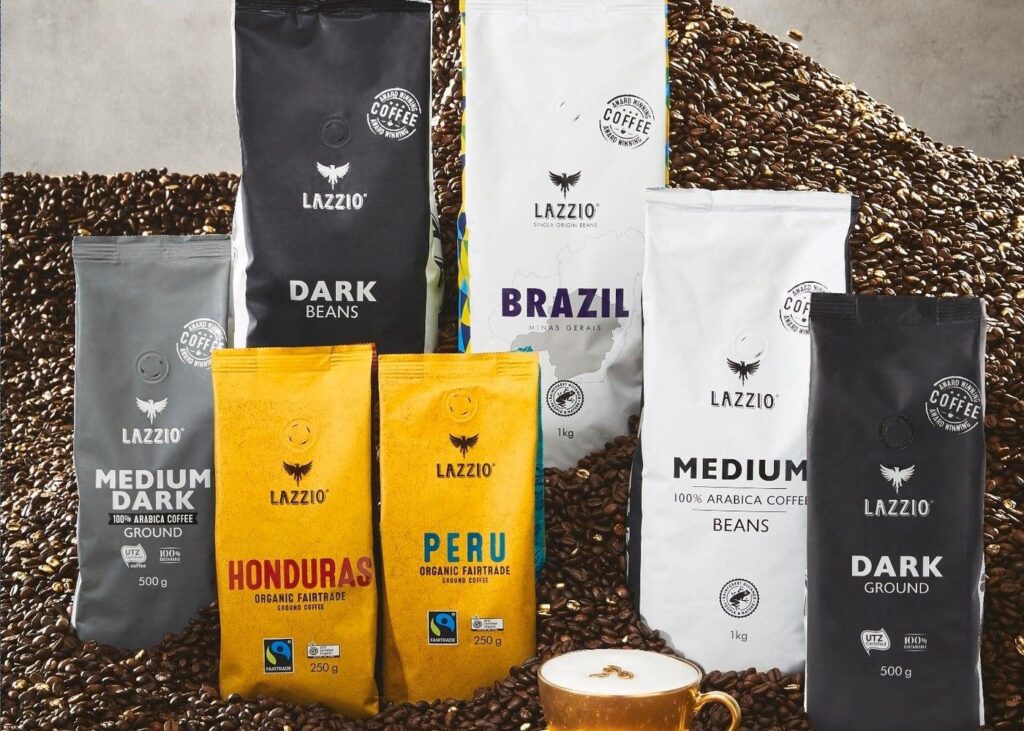Welcome back to yet another edition of Pulp! It’s been a hectic few weeks for me – what with doing a summer class at uni and all – so I haven’t been able to devote anywhere near enough time to reading comics as I would like, but hey, that’s life for you. The ensuing rage, however, did lead me to this week’s book: Hulk: Gray, by Jeph Loeb and Tim Sale. Hulk: Gray is the third title in Loeb and Sale’s “Colour” series, following Daredevil: Yellow, Spider-Man: Blue (which you might remember from a previous edition of Pulp) and precedes the next book in the series (last year’s Captain America: White) by about 12 years. Published back in 2003, Hulk: Gray is a little dated, but despite its age it still tells a compelling story.
Hulk is one of those characters that just hasn’t grabbed me over the years. I’m yet to read a Hulk story that’s really got me interested in the character and, while Gray comes close, it still seems like something of a retread of previous stories. Gray is Loeb and Sale’s take on the Hulk’s origin story, and takes readers back to a time where Betty Ross was still alive (she’d just died of radiation poisoning around the time of publication) and the Hulk had just been born. His origin story is familiar: the brilliant Dr Bruce Banner, in an attempt to save a young man who’d wandered into an atomic testing area, is exposed to a usually lethal amount of Gamma radiation, which gives birth to a monstrous, grey alter-ego. Gray explores the antagonistic relationship between Hulk and General Ross, as well as the burgeoning friendship between Hulk and the (understandably) terrified Betty Ross.
One of my favourite things about this book is the artwork bookending the main story; the story is told almost exclusively in flashbacks, as Bruce Banner consults his old friend Doc Sampson for advice.
The “present day” scenes are almost exclusively drawn in black and white, and give off a very noir feel – the limited splashes of colour are reserved for bright, emerald greens – to symbolise the presence of the Hulk – and it reminds me a lot of Frank Miller’s noir classic Sin City. While I’m still not sold on Sale’s artwork overall, these sequences are absolutely fantastic and serve as a great opening to the book. Loeb’s writing is, as usual, pretty solid – his exploration of the Hulk/General Ross/Betty dynamic is fascinating, particularly the parallels between Ross and the Hulk. While I don’t think it reaches the emotional heights of Spider-man: Blue, Gray has its own appeal in its exploration of complex, interpersonal relationships. It’s similar, but it explores different aspects of humanity. It still doesn’t really endear the Hulk as a superhero (of sorts) but it does a fantastic job of exploring his nature and personality outside of wrecking and smashing things.
While it initially comes across as a book aimed at first-time readers – it is an origin story, after all – I feel that Hulk: Gray is the kind of book that will be best appreciated by long-time fans, or people familiar with Loeb and Sale’s other titles in the series. Besides the ongoing conflict between Ross and Hulk, not a lot seems to happen, and unless you’re invested in the character I don’t think it’s the most engaging of stories. It’s still an interesting read, and I can see why Loeb and Sale went in that direction, but the appeal was rather overwritten by my distaste for the character.
Written by Alastair McGibbon





